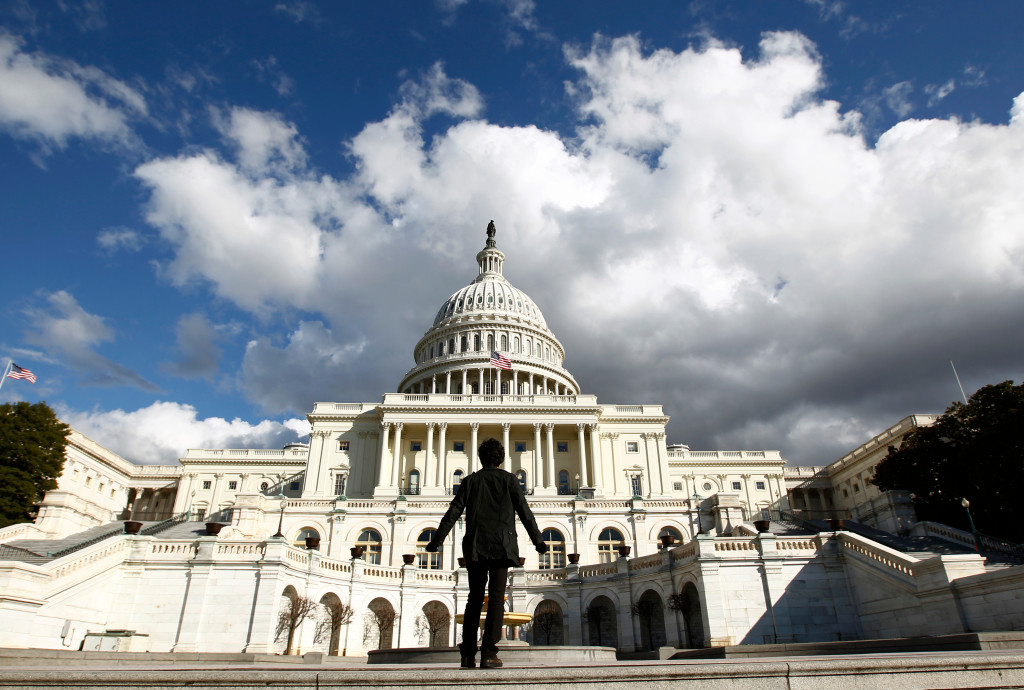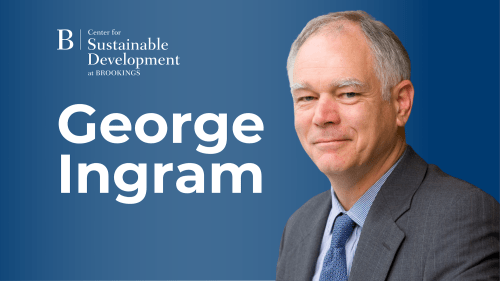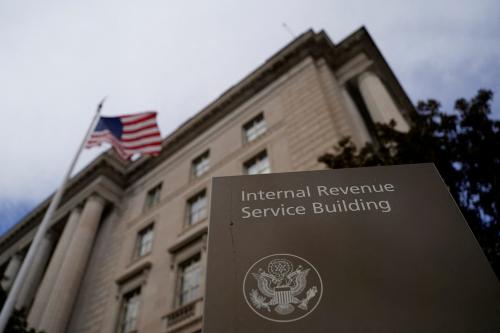Introduction
At present, it is widely held among observers of American politics that the federal government is broken and that polarization is to blame. For many, polarization explains why Democrats and Republicans in Congress are incapable of regularly resolving their disagreements over important issues like funding the government or raising the debt ceiling. Observers usually attribute this polarization-fueled dysfunction to so-called “extremist” elements in both parties. According to this perspective, liberal Democrats and conservative Republicans outside Congress make compromise hard, if not impossible, inside it. And the conventional wisdom on Capitol Hill and in the political class is that liberal and conservative activists increase gridlock in Congress because its members fear being primaried.
But contested primaries are rare. Since 1970, only 65 percent of the members who sought reelection have had a competitive primary. And, during that same period, those members who faced primary opposition almost always won. In fact, only 2.8 percent of the members who sought reelection were defeated. Juxtaposing members’ fears about being primaried to the data on such intraparty contests presents us with a puzzle: If they win only rarely, how can liberal and conservative activists competing in Democratic and Republican primaries, respectively, be responsible for today’s polarized Congress?
This paper suggests that the fear of being primaried prompts members of Congress to change their behavior in ways that reduce the likelihood of it occurring and that increase the likelihood of prevailing in a contested primary, if a challenger actually emerges. The working theory is straightforward: the general phenomenon of contested primaries impacts individual members psychologically and causes them to continually adapt to the possibility of a primary challenge. Because the primary constituency is smaller than the general election constituency, individual incumbents have greater control over this electoral environment than they do over the general election environment. (In the larger electoral arena, a presidential candidate with substantial coattails or a nationalized, midterm election can overwhelm even an incumbent’s best efforts to hold their seat.)
This line of inquiry has heretofore not received the attention in the literature on congressional primaries that it deserves. One reason for this is that today’s dominant methodological approaches in political science prioritize top-down research designs that are centered on falsifiable hypotheses and thus are concerned exclusively with testing them empirically, using quantitative analysis to identify variance in large-n datasets. One of the leading scholars of congressional primaries, Robert Boatright, summarizes the challenge such approaches face when trying to explain the relationship between a contested primary and member behavior: “It is not possible to conclusively measure whether incumbents modify their behavior to ward off challenges.”
As Boatright concludes, it is true that it is practically impossible to construct a dataset sufficiently large to make causal inferences solely from observable behavior. Fortunately, however, this does not preclude us from developing a better understanding of how the contested primary shapes today’s politics. To compensate for the limitations inherent in large-n quantitative analysis, this paper adopts a bottom-up research design to interpret qualitative data gleaned from interviews and other secondary sources. Such an approach allows descriptive inferences to be made about the relationship between primaries and member behavior. By identifying potential relationships and transmission mechanisms, such a methodological approach provides insight into how members of Congress perceive the world around them and the extent to which they adjust their behavior in response to perceived challenges that arise within it. By extension, identifying the psychological forces that shape member behavior highlights significant, second-order effects of primaries that shape legislative politics in important ways.
Accordingly, the paper first reviews the existing literature on congressional primaries, which results in four assumptions about the relationship between contested primaries and member behavior. Next, each of these assumptions is used to develop specific expectations about how members perceive primary threats and the ways in which they adjust their behavior in reaction to them. After doing so, the findings are considered in the context of these expectations. And finally, the paper concludes by suggesting additional avenues of research for scholars moving forward.
The Brookings Institution is committed to quality, independence, and impact.
We are supported by a diverse array of funders. In line with our values and policies, each Brookings publication represents the sole views of its author(s).





